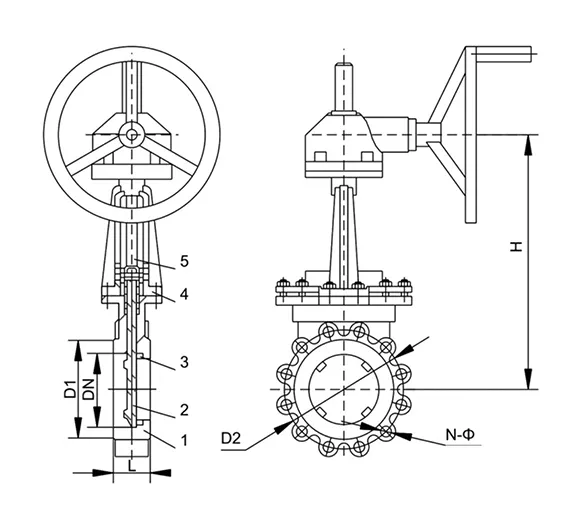9 月 . 06, 2024 03:01 Back to list
High-Quality Ball Check Valve for Reliable Fluid Management
Understanding Ball Check Valves Functionality and Applications
A ball check valve is a crucial component widely used in various fluid systems to ensure the one-way flow of liquids and gases. Its design is simple yet effective, making it a popular choice in both industrial and residential applications. In this article, we’ll delve into the functionality of ball check valves, their advantages, and common applications.
What is a Ball Check Valve?
A ball check valve incorporates a hollow spherical ball that acts as the sealing mechanism. This ball is typically situated within a valve body and is held in place by gravity or a spring. The primary function of a ball check valve is to prevent backflow, meaning that it allows fluid to flow in one direction while automatically sealing off when the flow reverses.
How Does It Work?
The operation of a ball check valve is straightforward
. When fluid flows in the intended direction, it pushes the ball away from its seat, allowing the fluid to pass through. If the flow decreases or reverses, the ball is pushed back onto the seat, creating a seal that prevents backflow. This automatic response depends on the fluid dynamics and the weight of the ball itself, ensuring reliable performance under various pressure conditions.Advantages of Ball Check Valves
1. Simplicity of Design The simplicity of the ball check valve's design contributes to its reliability and low maintenance requirements. There are fewer moving parts compared to other types of valves, which minimizes the risk of failure.
ball check valve

2. Effective Backflow Prevention As mentioned, a ball check valve is excellent at preventing backflow, which can be detrimental to many systems. This characteristic is vital in applications where contamination or system damage must be avoided.
3. Versatility Ball check valves can handle a wide range of liquids, including water, oils, and chemicals. They are available in various materials, such as brass, stainless steel, and plastic, making them suitable for diverse operational environments.
4. Durability These valves are designed to withstand high flow rates and varied pressure levels, enhancing their longevity. The materials used in their construction are often resistant to corrosion and wear, contributing to their durability.
Common Applications
Ball check valves are used in a multitude of applications across different industries. In residential plumbing, they prevent sewage from backing up into the home, protecting against potential health hazards. In the automotive industry, they are employed in fuel systems to maintain fuel flow direction and preserve system pressure.
Moreover, industrial processes often utilize ball check valves for pumping systems and wastewater management, ensuring the safe handling of hazardous materials. Their role in preventing backflow is critical in these systems, safeguarding both personnel and equipment.
Conclusion
In summary, ball check valves play an indispensable role in controlling fluid flow in a wide range of applications. Their simple design, effective backflow prevention capabilities, and versatility make them a preferred choice in many industries. As technology advances, the efficiency and reliability of ball check valves continue to evolve, ensuring they meet the demanding needs of modern applications. Understanding their functionality and appropriate implementation is crucial for anyone involved in fluid management systems. Whether in large-scale industrial operations or simple home plumbing, ball check valves are a fundamental element that enhances system integrity and safety.
Share
-
Understanding the Differences Between Wafer Type Butterfly Valve and Lugged Butterfly ValveNewsOct.25,2024
-
The Efficiency of Wafer Type Butterfly Valve and Lugged Butterfly ValveNewsOct.25,2024
-
The Ultimate Guide to Industrial Swing Check Valve: Performance, Installation, and MaintenanceNewsOct.25,2024
-
Superior Performance with Industrial Swing Check Valve: The Essential Valve for Any SystemNewsOct.25,2024
-
Industrial Swing Check Valve: The Ideal Solution for Flow ControlNewsOct.25,2024
-
You Need to Know About Industrial Swing Check Valve: Functionality, Scope, and PerformanceNewsOct.25,2024